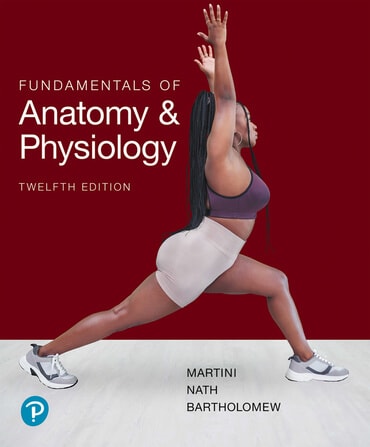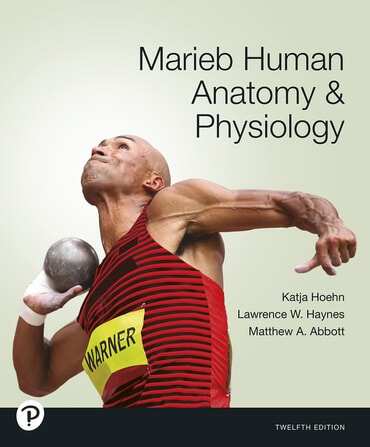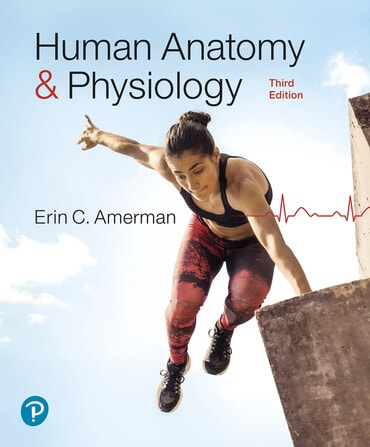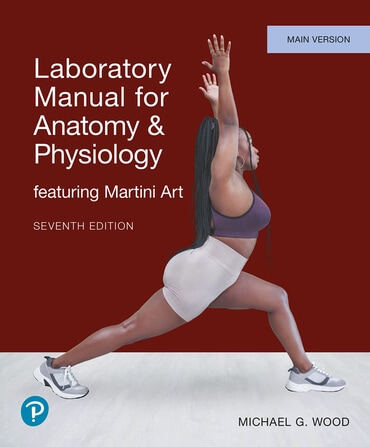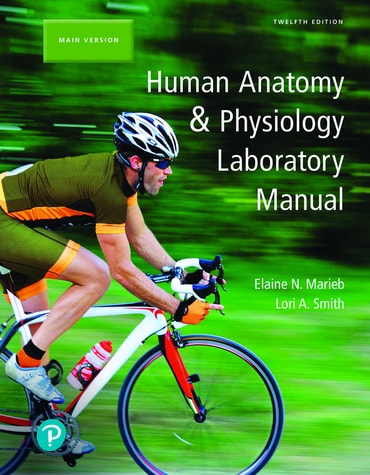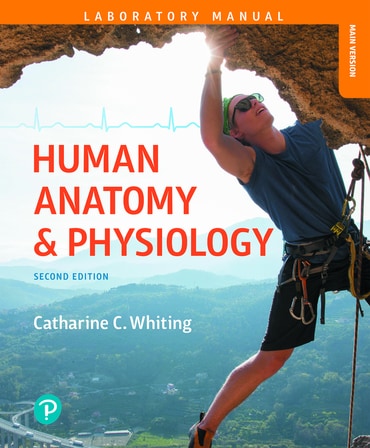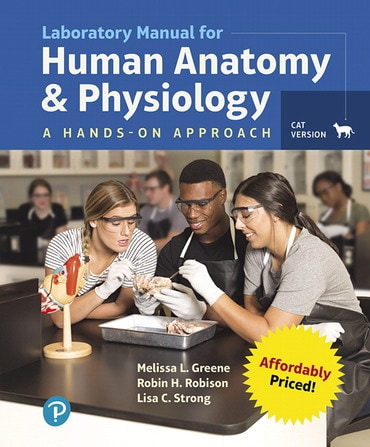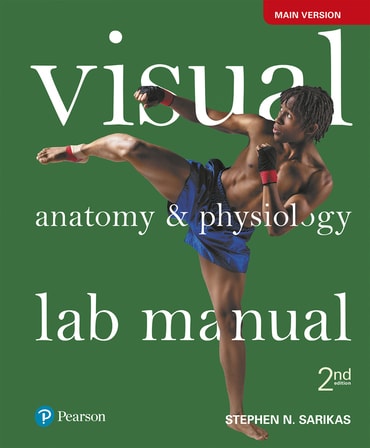Learn how core concepts and patterns in physiology can build lasting understanding for future healthcare professionals. Dr. Dee Silverthorn provides practical strategies to implement in your course.
Anatomy & Physiology
Engage and prepare students for success

Mastering A&P
Learn how Mastering® A&P helps actively engage students, identify struggling students and drive learning outcomes.
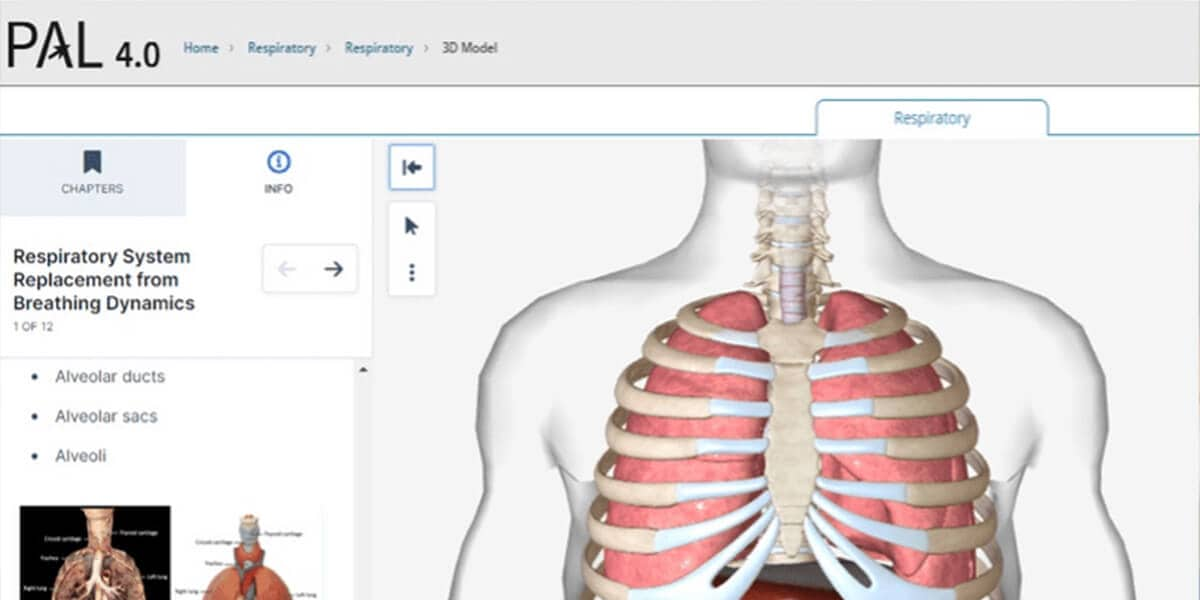
Practice Anatomy Lab (PAL) 4.0
An immersive virtual anatomy lab with interactive models and practice exercises for comprehensive student engagement.

AI-Powered Study Tool
Our AI-powered study tool transforms mistakes into teachable moments, helping students build confidence and study smarter.
2-Semester A&P Lecture





2-Semester A&P Lab





1-Semester A&P Lecture




Explore titles for anatomy & physiology
Transform student challenges into learning opportunities. Dr. Whiting reveals proven strategies and metacognitive techniques to help enhance academic integrity and student confidence.
Revolutionize anatomy and physiology learning with Pearson's Interactive Labs. Dr. Yvonne Baptiste demonstrates how to leverage these labs to boost student engagement and understanding.
